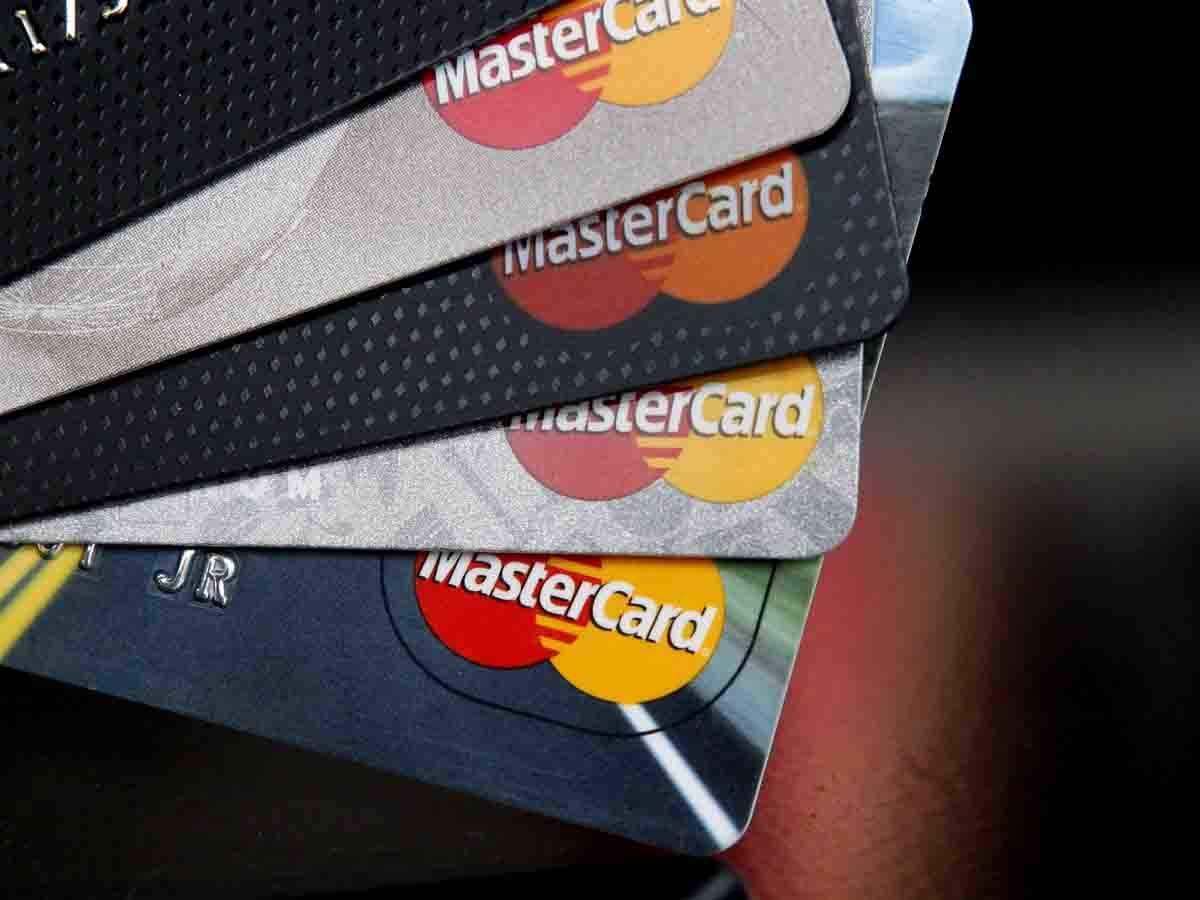PN Vasudevan, MD & CEO, Equitas SFB, talks about the impact of Covid second wave on collection efficiency. However, he believes that the impact is not going to be long term or structural. Edited excerpts:
It has been a relatively better quarter in a very tough environment and this is on account of the second wave of the Covid-19 pandemic but NIMs have improved compared with the last quarter and operating profit has also improved. There is some stress can you take us through the performance that you have seen?
Yes, I mean we all know that most of the first quarter was really under lockdown because of the wave-2 and people were not able to go out, customers were not able to open their shops, so it was definitely a lot of stress period during this period. Unlike last year, the level of health impact was much higher even though the time period of the wave was so much shorter but the health impact was higher so people were definitely not to take any risk of going out during that time. So, all that did have its impact on our business and collections.
On top of that, this year RBI had announced restructuring program but they had not announced a moratorium period. In our case most of our borrowers are small business people, who when they open their shop, make money and they repay the loans, when they cannot open their shops there is very little that they actually can do. Last year, because of moratorium they were not moved into NPA, they just went under moratorium but this year, since there was no moratorium they either had to pay or ask for a restructuring or their DPD just keeps moving up so that was the scenario this year. We did see an increase in NPA, we went up from 3.6 to 4.6% and we did see a slippage of about 375 crores which was lower than the previous quarter, but still one of the highest that we have seen in the past but very significantly what we have to see, is the level of upgrades. We had an upgrade of nearly about 150 crores.
Can you give us the sense of what the slippages and the recoveries are going to be over the next couple of quarters, I know it is going to be hard to predict but quite a few of the financiers that we have spoken to have said that stress continues in the segments that you operate in?
So, historically our annual slippages have been in the range of around 3-4%, that has been historically our trend of slippages and recoveries used to be around 2%-2.5%. This year, this first quarter we had a spike in the slippage, but we also had a good strong recovery upgrade also happening. So, going forward into the second and the subsequent quarters of the current financial year, we believe that we are mostly through with our wave-2 impact on the books. We have rescheduled about 900 crores between first quarter and July and we have also indicated that we might have a potential restructuring of another between 500 to 700 crores for the rest of the year.
I think mostly the stressed customers should have been fully supported and taken care of and provided for. So, we do not really expect much of slippages like what we saw in the first quarter, we do not really expect that to continue in the second and the subsequent quarters while the upgrades should keep the momentum going because the quality of NPA is much better than what it has normally traditionally been and so we do expect better upgrades but the slippages should significantly come down going forward.
Want to talk about your book and your approach to growing the book, a lot of companies have taken a very cautious stance in light of the current scenario. What approach are you going to take?
If you look at our client profile, most of them are small business people and practically all of them are first time borrowers in the formal financial sector. We have been dealing with this segment of people now for more than 11 years. So, we understand the segment very well and we have a very strong cash flow based credit assessment program which is running on the ground and so we can take a very nuanced call in terms of the credit decision for this profile of borrowers. We are very comfortable with our customer segment. These stresses that we are seeing are all definitely an event triggered temporary kind of a disruption. We do not see it as a structural or a long term kind of an issue in the market or at the customer profile segment. We should continue to be looking to pursue growth as and when the market opens up and supports our operations on the ground.
So, we are not really going to take a call in terms of cutting back or pulling back for fresh disbursement or anything like that. These customers have proven their track record with us for over 10 years and so that is a very strong indication of the quality of these borrowers. So we will continue to keep looking for opportunities to disburse whenever the market is conducive. In terms of credit growth, I think last year we had a 15% credit growth, this year should probably be slightly better than that.
Your liability franchise has been one of the best compared to the other small finance banks, you have strong deposit momentum as well as your CASA ratio is best at 40%. What has actually led to this strong performance here?
Liability has been silver lining in terms of our performance for the last few quarters not just the last one. It has come about, because of a lot of initiatives which were taken by the team and put in place over the last may be six quarters or so. Offering 7% rate for certain buckets of savings pool is just one of them, it is not the only. You know we have put in multiple channels to reach out to specific set of customers. Our NRI segment is doing really well, we had more last year into our VRM channel, that is virtual relationship manager channels, we are now providing a relationship manager service to a set of depositors at a level–where there have not been services through our RM channel in the other banks.
We are able to do that on cost effective basis through our VRM channel and our map book on the high net worth individuals also has been growing very strongly. So, we have improved and increased our product offerings and range to depositors. Today, our product holding of more than two product per client is in the range of around 70% of our depositors, so there have been multiple efforts done and to top up all of this is our digital foray which we commenced last year in the month of Jan-Feb.
We have launched our Selfe savings account programme, where people can open an account online in a matter of a few minutes and that has been doing well and then we had a tie up with the fintech company also about few months back, adding further momentum to the whole CASA story.
One of the factors that the street has been keenly watching is the merger of Equitas holdings and Equitas Small Finance Bank. Can you take us through what we can expect and how this is going to take place?
So, we have got an approval from RBI that we are to apply for the merger before the end of our five year period. Our five year ends on 4th of September this year, we had a board meeting last week and the board of both the companies have approved the merger with the swap ratio of 226 shares of the bank for every 100 shares of the holding company held by the shareholders of the holding company. So, the applications have been made to the stock exchanges and RBI and we need to get the RBI approval, we need to get the exchanges approval, we also need to get the SEBI approval and once we get all these approvals, then we would have to apply to NCLT and then convene shareholders meeting and shareholders’ approval will be taken and subsequently NCLT will have to approve, so all of these approvals we believe could take about an year’s time. We can bring this entire merger process to your completion by then and the shareholder of the holding company when we went public in 2016, we had made it clear right then also that at the end of five years, the hold co. will seek to merger of the bank because we never intent that the hold co. will do any business of its own and so continue to exist independently. We had always indicated that as our way forward and I think today what we are doing is really a culmination of that process and hopefully we should be able to deliver on the promise that we have made in our 2016 IPO of the hold co.
Can you take us through what is your overall growth strategy over the next three to five years also is there an intent to convert to a universal finance bank?
You know we are eligible to apply as per RBI guidelines, we are eligible to apply for a universal bank licence at the end of five years. As I mentioned, we will be completing five years by 4th of September this year, and post that the board will take a call and subsequent approval by the board, we should be applying to RBI for converting into universal bank. We really do not know exactly what will be the procedure that will be followed, so we are probably the first finance bank which will be seeking conversion into universal bank, so we will have to figure out how the process will work.
We really do not have an idea in terms of how long it will take etc. but be that as it may, as far as the bank is concerned, whether we are a universal bank or small finance bank, I do not see any particular change in our strategy or positioning at all. Our focus on the different profile of borrowers will continue to remain exactly where it is, we have built a very strong strength in funding and in understanding the credit capabilities and collection mechanisms of the low income group, so, our focus will continue to remain on that and we will continue to build on our strength that we have built over the last 10-12 years. Over a three year-five year period, if you look at it we should be continuing to grow at around 20-25% growth, that is something that we should continue to look at going forward on a sustainable basis. Historically, we have seen as high as 35 percent growth. Even if we get the licence of universal bank, I do not think that is going to change the focus of our business.






